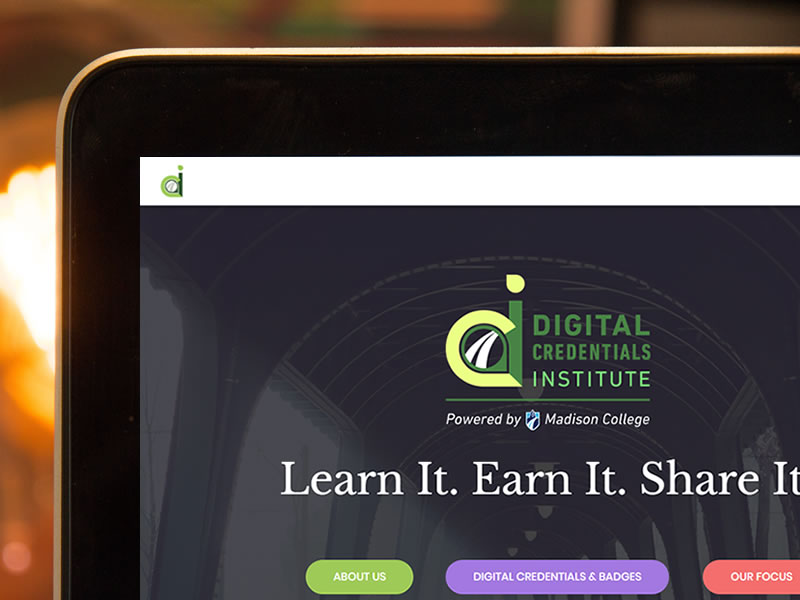You’ve decided on a badging platform (whether external or internally created and managed), and are now ready to start integrating badges into your existing educational programming. The following 6 Tips should help as you head down the path to building a digital badging program.
Tip #1 Do not start by badging something that is already recognized in some other way by your organization.
Although there’s some thought variance on this, I do not recommend badging something that is already recognized in some other significant way by the organization.
For example, credit courses already receive grades and exist on a transcript, so I would not badge the course. Instead, take a look at what is already happening within courses/programs, but not getting recognized – or somehow gets lost in translation from student to employer. Badge those areas to help enhance or work in tandem with transcripts.
There are opportunities where badges enhance what is already recognized; such as when that existing recognition doesn’t accurately depict the skill/knowledge. For example, non-credit classes are transcripted as only a Satisfactory/Unsatisfactory. Without the badge, the individual who showed up, but plays on his/her cell phone the whole time, earns the same grade as the individual who actively participated and successfully passed the skill assessments.
Tip #2 Determine who the audience is or might be for your badge – employers, advancement in education, peers, etc…Knowing your audience up front will help you determine how much rigor to build into your badge.
Tip #3 Make sure that the message your badge is sending is clear and needed.
Don’t create a digital badge just to have a digital credential. Badges can signify and be used for very different things. Make sure the message you are sending with your badge is clear to all intended audiences. If you have an employer advisory board, they can and maybe already have, helped you with this. Think about comments that you consistently hear about skills that are missing or lacking, or simply just not coming across in interviews, etc.…
Examples of a few messages badges can send:
- A notification to someone internally that the badge earner is ready for the next steps
- An indicator that the badge earner has successfully mastered something at a specific level
- An indicator of knowledge gained
- An indicator of accomplishment via checklist
Tip #4 Attempt to bring all individuals to the table that teach/utilize that same skill within their program(s).
Example:
Vital Signs are taught within a myriad of programs. The badge will hold more weight if multiple programs can agree to a common set of badge tasks or common rubric to assess whether a student has mastered vital signs. It would be very confusing to audiences if one individual had a nursing vital signs badge and another had a medical assistant vital signs badge from the same organization. What is the difference? Why are there two?
Tip #5 Write the metadata and/or rubric as generic as possible. It is unrealistic to think everyone utilizing/teaching this skill will be “on board” at the same time (hopefully you will at least attract a few of these individuals) to create the badge. If the badge is written to reflect the core elements of the skill, it should translate across programs easier.
Tip #6 Always make sure you address and align to any outside (accreditation) agencies or external standards, if applicable, as these will help give your badge more value.





0 Comments